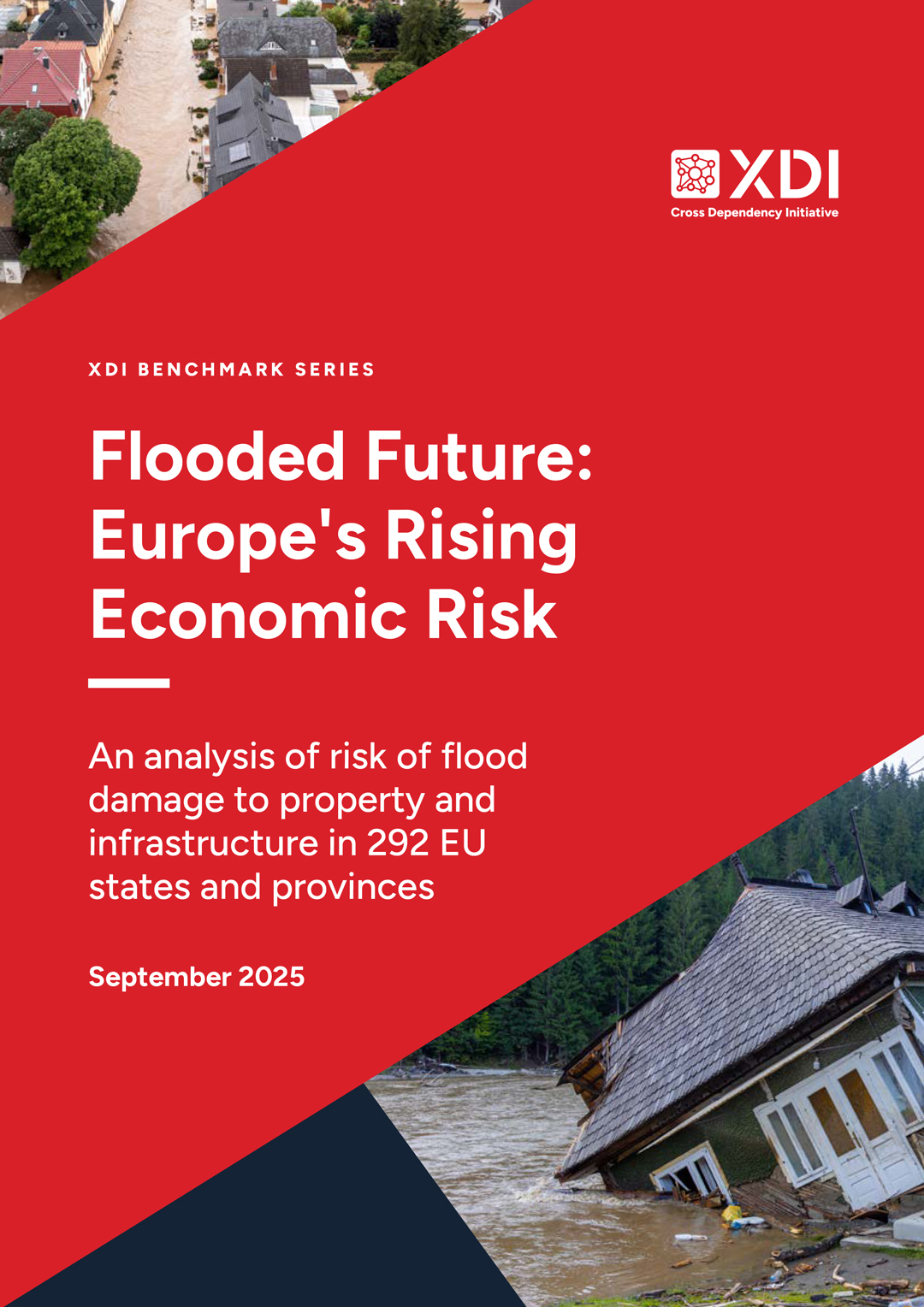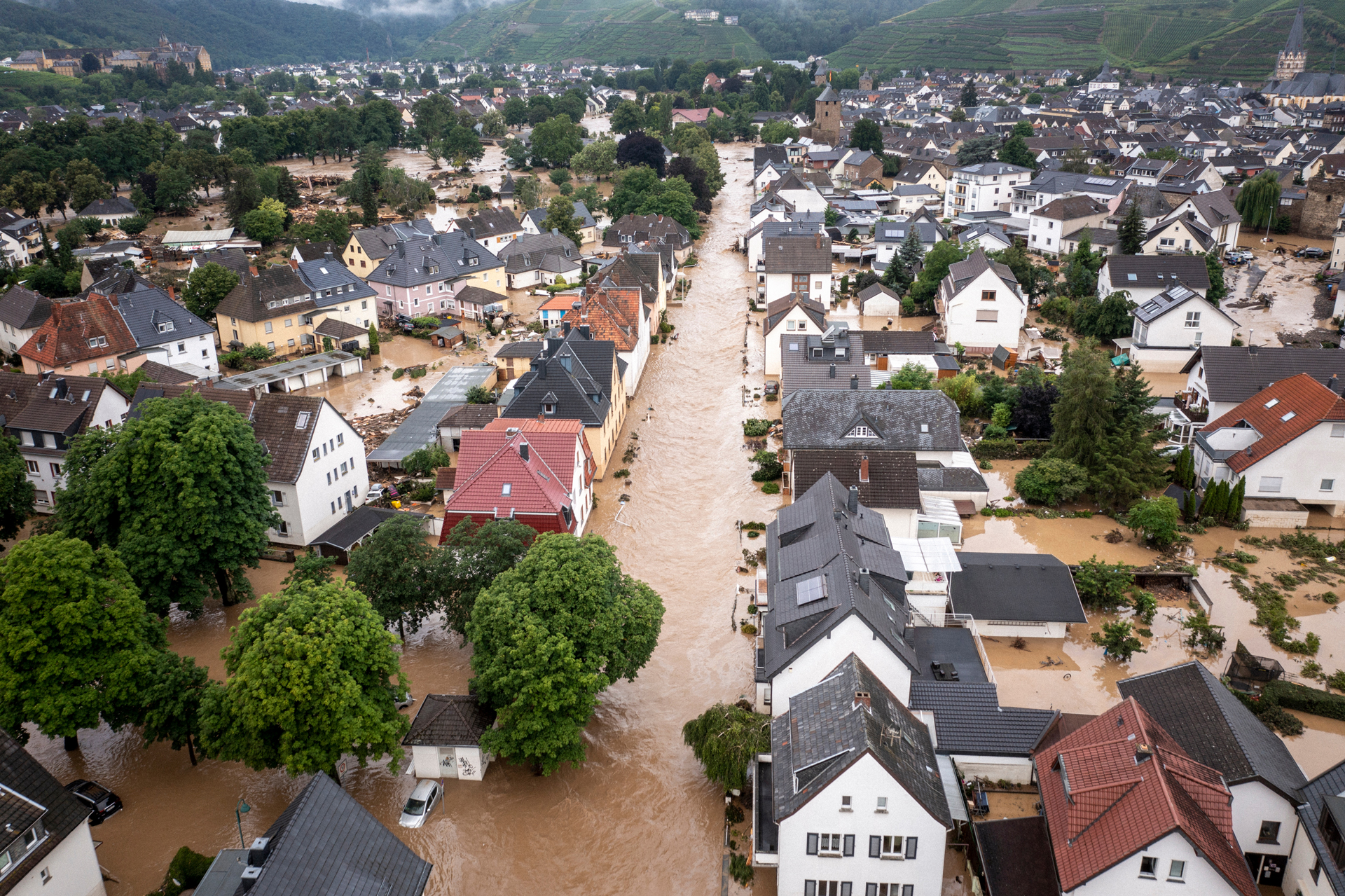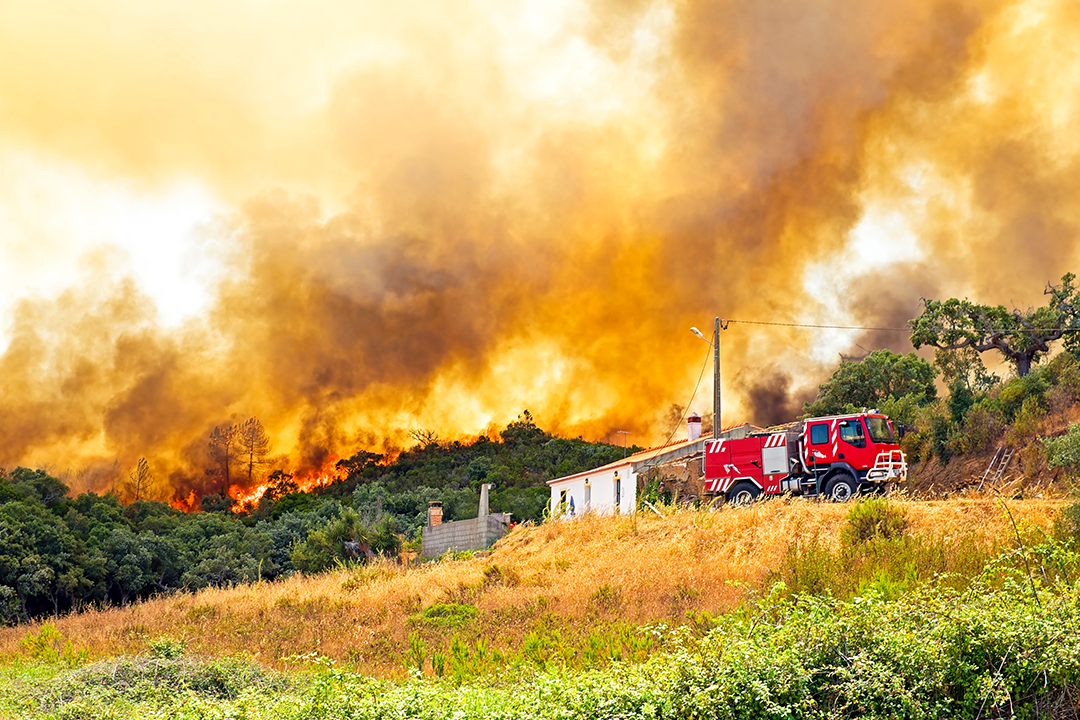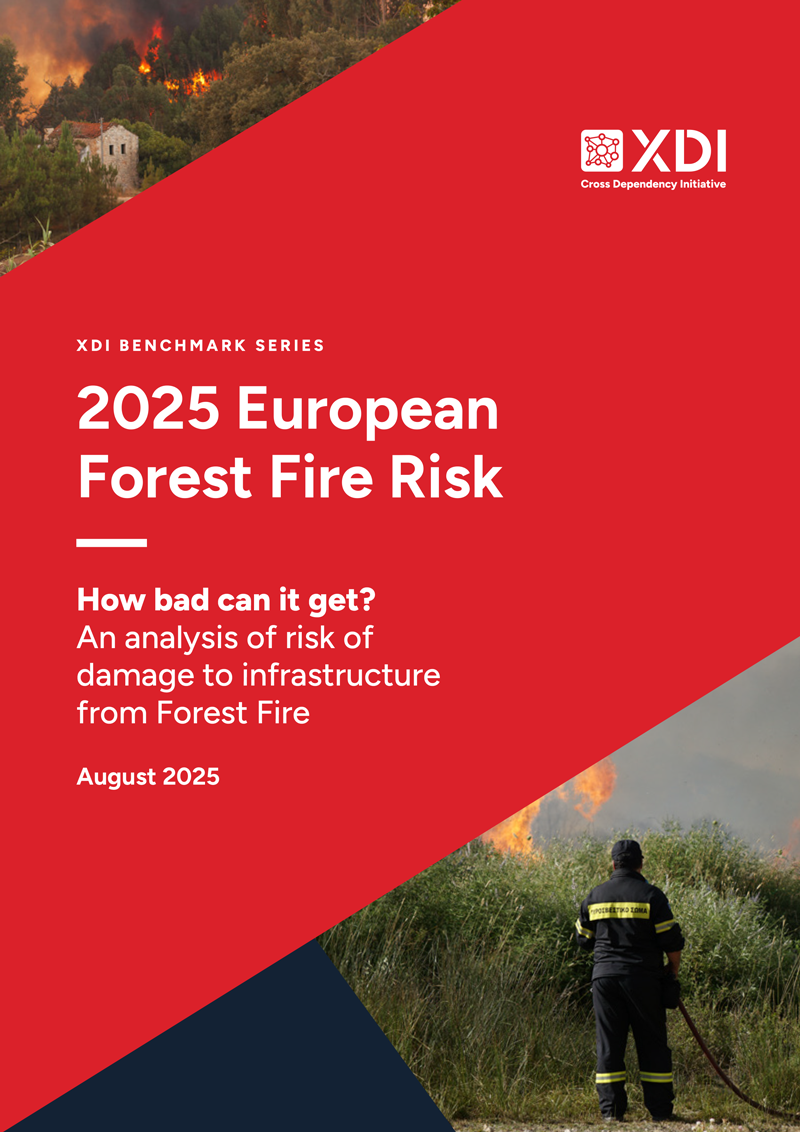Welcome to our news desk
You can find here our collection of blogs, media releases, and our public data releases.
As the experts in physical risk, we’re here to share our latest insights and analysis in the rapidly evolving world of climate physical risk.

XDI named a global leader in physical climate risk analysis by Forrester and Verdantix

Going to COP30? Come see a preview of ResilienceArc - A world-first breakthrough in corporate transparency for climate risk and adaptation

XDI unveils next-generation Climate Risk Hub: Where flexibility meets power

Flooded Future: Europe's Rising Economic Risk

Europe’s economic hubs drowning in risk: XDI warns flood damage risk rising in Milan, Paris, Frankfurt and beyond

XDI identifies international airport infrastructure at increasing risk from climate extremes

New XDI Benchmark Report warns of escalating forest fire damage risk across Europe

2025 European Forest Fire Risk - How bad can it get? An analysis of risk of damage to infrastructure from Forest Fire

2025 Global Data Centre Physical Climate Risk and Adaptation Report

Global data centres face rising climate risks, XDI report warns Landmark analysis of nearly 9000 sites reveals escalating threat to digital infrastructure

Green Central Banking: Australia and NZ face home insurance crisis due to climate, experts warn

The Elephant In The Room Property Podcast: How Will Climate Risk Impact Your Property’s Future Value?

ESG News: HKMA, XDI Launches Climate Risk Hub for On-Demand Physical Climate Risk Analysis

Measuring Corporate Resilience Whitepaper 2025

XDI named a global leader in physical climate risk analysis by Forrester and Verdantix

Tropical Cyclone Alfred could drive up insurance premiums in southern Queensland, experts warn

XDI Launches Powerful New Climate Risk Screening Tool for Large Sites

Green Central Banking: Why climate stress tests must support investment and the role regulators can play

Climate-proofing your next home and Virginia Trioli serves a bit on the side

XDI Launches XDI Climate Risk Hub: A New Platform for On-Demand Physical Climate Risk Analysis

International Climate Technology Leaders, XDI and Vyzrd, in an Industry Defining Partnership

ABC 730 report: Experts say updated flood zone modelling could leave some homes ‘uninsurable'

South China Morning Post: China’s extreme weather raises alarm about the country’s disaster insurance gaps

Realty +: Australia & New Zealand Property Markets Face Climate Risk

Bangkok Post: Asia-Pacific real estate assets at high risk from climate change

Reuters: Asia-Pacific real estate assets at 'high risk' from climate change, consultancy says

The Business Times: Nearly one in 10 Apac Reit assets at high risk from climate change: report

Wired: Banks Are Finally Realizing What Climate Change Will Do to Housing

MoneyFM Singapore interview with Philip Tapsall - Bigger Picture: Nearly one in 10 Apac Reits assets at high risk from climate change

XDI partners with Climate Arc and University of Oxford on physical risk and adaptation

XDI delivers Physical Risk Assessment Platform to banks in Hong Kong

How risky is your real estate investment? New report exposes APAC REIT vulnerability to climate change extreme weather

2024 XDI Asia-Pacific Real Estate Investment Trust Physical Climate Risk Report

Why now is the time to embrace adaptation (and how you can get started)

2024 XDI Gross Domestic Climate Risk Report

XDI Hurricane and Tropical Cyclone Analysis

Hospitals in the eye of the storm: New report exposes risk of hospital shutdowns from extreme weather

2023 XDI Global Hospital Infrastructure Physical Climate Risk Report

Alphabet soup: deciphering physical climate risk disclosure

XDI restructures to focus on tech delivery and Asia/Europe expansion

Sovereign bond risk: the climate punch

XDI Announces Climate Risk Data on 34 million UK Addresses to Support Mortgage Lenders

XDI releases world-first comparison of every state’s physical climate risk

“Before getting overwhelmed” - the Indian Federal Reserve’s clear eye on climate risk

ABC News: Flooding across eastern Australia prompts property investors to ask ‘pertinent’ questions

Ready or not: Mandatory disclosure is coming to Australia

The unknown unknowns: The crucial missing piece from both climate and nature disclosure rules

The Hub is coming

A new era in physical climate risk reporting?

Uninsurable future?
2025 Global Data Centre Physical Climate Risk and Adaptation Report
PUBLIC DATA RELEASE
2025 Global Data Centre Physical Climate Risk and Adaptation Report
This report provides the most comprehensive picture yet of how climate hazards — from flooding and tropical cyclones to forest fires and soil movement — threaten the critical infrastructure that powers our digital economy. As demand for data centre capacity accelerates, understanding these risks is essential for building resilience into the backbone of modern life.
In a world first, this report will not only map physical risks but also quantify how structural adaptations can reduce damage, protect operations, and help rein in escalating insurance costs. This analysis demonstrates that strategic investments in resilience can significantly reduce risk exposure, even as climate hazards intensify. For asset owners, operators, and investors, the report offers clear insights to guide smarter decisions and safeguard long-term value.


